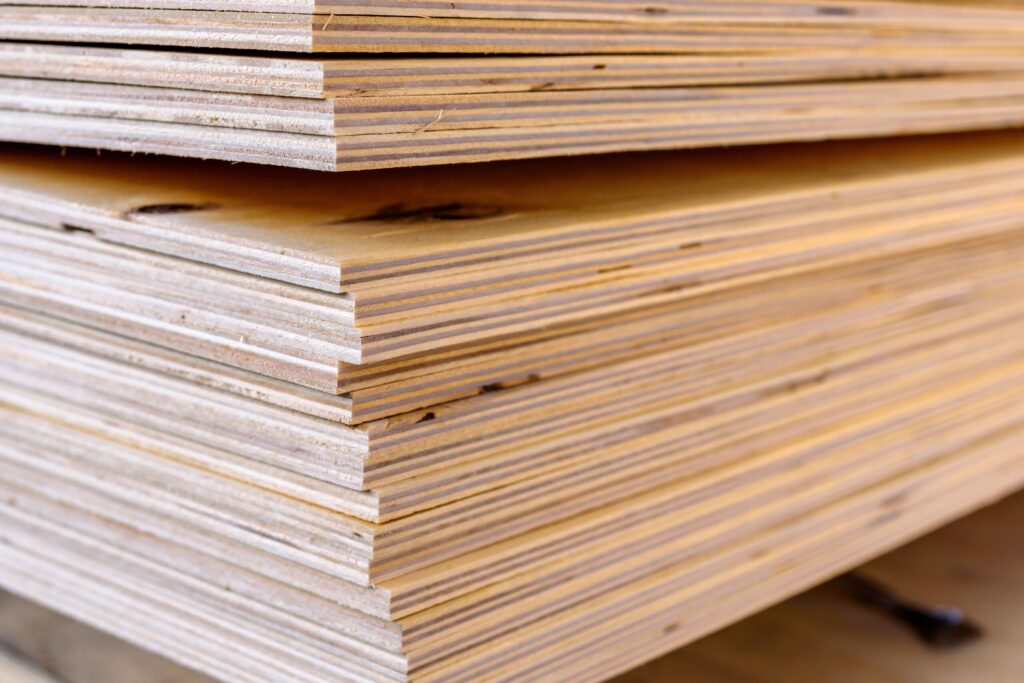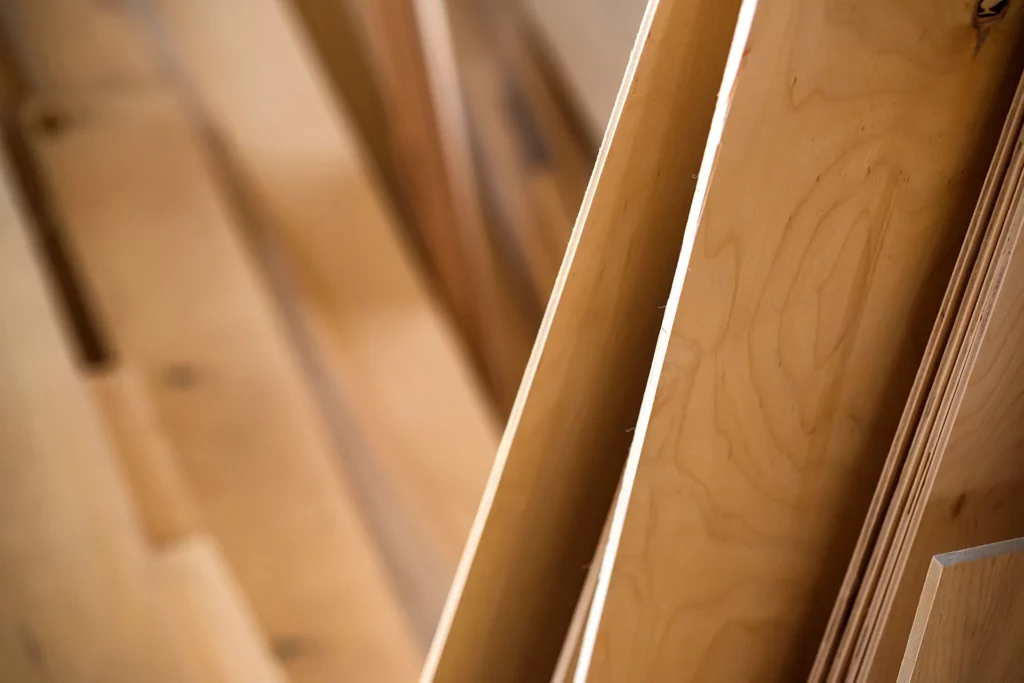In the construction world, the materials used can greatly influence the performance and durability of structures. Among these materials, F17 grade plywood stands out as a significant choice for concrete forms. This article explores how F17 grade plywood enhances strength and durability, making it a favorite among contractors and builders.
Understanding the Basics of F17 Grade Plywood
F17 grade plywood is engineered for high performance and resilience. It is specifically manufactured to meet stringent standards, making it suitable for demanding applications. To fully appreciate its benefits, it’s essential to understand its composition and key features.
The Composition of F17 Grade Plywood
F17 grade plywood is composed of multiple layers of wood veneer, bonded together with a strong adhesive. The layers are arranged in a cross-directional pattern to enhance stability and strength. This unique construction process contributes to its superior load-bearing capabilities.
The selection of quality timber in the manufacturing of F17 grade plywood adds to its integrity. Typically, hardwood species are used, which provide excellent strength-to-weight ratios and contribute to its durability against various stresses. The use of high-quality adhesives also plays a crucial role in ensuring that the layers remain securely bonded over time, preventing delamination and maintaining the plywood’s structural integrity even under challenging conditions.

Key Features of F17 Grade Plywood
One of the defining features of F17 grade plywood is its high structural strength. It is rated as F17, indicating its ability to withstand significant loads without deformation. This rating is essential for applications such as concrete formwork, where reliability is crucial. The plywood’s design allows it to distribute weight evenly, reducing the risk of failure and ensuring safety in construction projects.
Additionally, F17 grade plywood boasts excellent resistance to moisture and warping, which is vital when dealing with wet concrete. The plywood’s surface is often treated to further enhance its durability and longevity, making it a practical choice for various construction environments. Furthermore, its versatility extends beyond just structural applications; it can also be used in furniture making and interior design, where its aesthetic appeal and strength can be fully utilized. The ability to finish it with various stains and paints allows for creative expression while maintaining the robust qualities that F17 grade plywood is known for.
The Role of F17 Grade Plywood in Concrete Forms
In the context of concrete forming, F17 grade plywood plays a pivotal role. Its unique properties allow it to perform exceptionally well in various applications, ensuring that constructions maintain their integrity over time.
Enhancing Strength with F17 Grade Plywood
The use of F17 grade plywood in concrete forms significantly boosts the overall strength of the structure. Its robust composition allows it to endure the high pressures exerted by wet concrete, preventing buckling or deformation.
Moreover, the plywood’s high load-bearing capacity ensures that it can support heavy weights, which is particularly beneficial in large-scale construction projects where maximum reliability is required. This is especially critical in high-rise buildings and large infrastructure projects, where the structural demands are immense. The F17 grade plywood not only provides the necessary support during the curing process but also contributes to the overall stability of the formwork, ensuring that the concrete sets correctly and uniformly. Learn more about reliability on https://web.cortland.edu/andersmd/STATS/valid.html
Ensuring Durability with F17 Grade Plywood
Durability is another critical aspect that F17 grade plywood addresses. The inherent properties of this plywood mean that it can withstand harsh environmental conditions, whether it’s moisture from the freshly poured concrete or exposure to outdoor elements.
Additionally, the plywood is less prone to swelling and delamination, making it a long-lasting option that can be reused multiple times before requiring replacement. This not only reduces material waste but also improves cost efficiency on construction sites. The longevity of F17 grade plywood also translates into fewer disruptions during construction, as workers spend less time replacing damaged forms and can focus on progressing with the project. Furthermore, its resistance to wear and tear ensures that the quality of the finished concrete surface remains high, which is essential for aesthetic and functional purposes in architectural designs.
Comparing F17 Grade Plywood with Other Materials
When choosing materials for concrete forms, it’s essential to compare F17 grade plywood with other common options. Two significant alternatives are traditional wood and steel.

F17 Grade Plywood vs. Traditional Wood
While traditional wood can be a cost-effective solution, it often lacks the strength and moisture resistance of F17 grade plywood. Standard lumber can warp or bow under pressure, leading to compromised structural integrity.
F17 grade plywood, on the other hand, offers enhanced performance in high-pressure situations, making it a superior choice for concrete forms. It combines the natural aesthetic of wood with engineered durability, ensuring optimal results in construction projects. Moreover, F17 grade plywood is manufactured with a higher number of plies, which contributes to its strength and stability. This multi-layered construction not only enhances its load-bearing capacity but also minimizes the risk of delamination, a common issue with lower-grade plywood. As a result, contractors can rely on F17 grade plywood for consistent performance, even in demanding conditions.
F17 Grade Plywood vs. Steel
Steel is another popular option for concrete forms, known for its strength and longevity. However, it is typically more expensive and heavier to handle compared to F17 grade plywood. Additionally, steel forms can often require more complex setups and are less flexible in terms of shape.
F17 grade plywood provides a lighter, more affordable alternative while still retaining strength and durability. Its easier handling and setup process make it an attractive choice for many contractors. Furthermore, F17 grade plywood is less prone to corrosion, which can be a significant concern with steel forms, particularly in environments exposed to moisture or harsh chemicals. The versatility of plywood allows for a variety of form configurations, enabling contractors to create custom shapes and designs without the rigidity associated with steel. This adaptability not only enhances the creative possibilities in construction but also streamlines the workflow, ultimately leading to more efficient project timelines. To read more about environments click here.
The Environmental Impact of Using F17 Grade Plywood
With increasing attention to sustainability, the environmental impact of building materials cannot be overlooked. F17 grade plywood offers several benefits in this regard.
Sustainability of F17 Grade Plywood
Manufactured from responsibly sourced timber, F17 grade plywood is often seen as an environmentally friendly option. Many manufacturers adhere to sustainable practices to ensure minimal ecological disruption.
Furthermore, the longevity and reusability of F17 grade plywood mean that less waste is generated over time, aligning with modern construction goals of reducing the carbon footprint.
Recycling and Disposal of F17 Grade Plywood
When it comes to end-of-life disposal, F17 grade plywood can often be recycled or repurposed, providing a way to minimize landfill contributions. This is in stark contrast to many other materials, which may not have as many recycling options available.
Thus, opting for F17 grade plywood not only achieves lofty performance goals but also promotes sustainable building practices.
Practical Considerations When Using F17 Grade Plywood
While F17 grade plywood is an excellent choice for concrete forms, some practical considerations must be kept in mind when selecting and utilizing this material.
Cost-effectiveness of F17 Grade Plywood
Despite being a high-performance product, F17 grade plywood is competitively priced compared to other materials like steel. Its ability to be reused multiple times further enhances its cost-effectiveness, especially for large projects.
Investing in F17 grade plywood can result in significant savings over time, making it a smart choice for both budget-conscious contractors and high-quality construction.
Safety Measures for Handling F17 Grade Plywood
Finally, it’s crucial to consider safety when handling plywood. Although F17 grade plywood is relatively easy to work with, using appropriate safety gear and tools is essential to prevent accidents.
Ensuring that workers are trained in safe handling practices can help maintain a secure work environment, allowing everyone involved to perform their tasks without unnecessary risks.
In conclusion, F17 grade plywood is an invaluable asset in the construction industry. Its strength, durability, sustainability, and cost-effectiveness make it a superior choice for concrete forms, helping builders achieve reliable and lasting structures.
Read about f14 grade on: F14 Grade Plywood The Perfect Material for Construction Formwork

